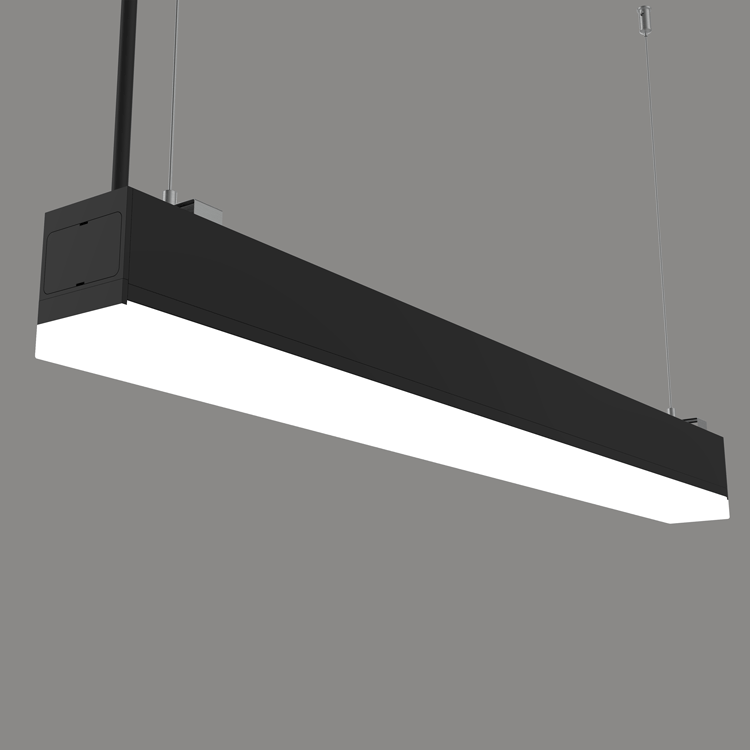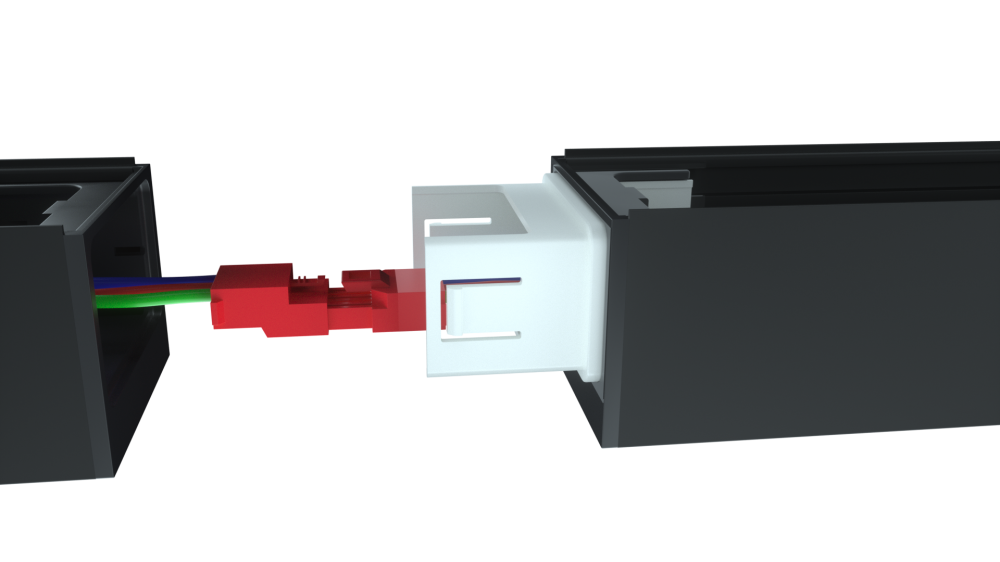R 180 degree linear lights is a product suitable for offices, kitchens, living rooms, corridors and other places. The difference between it and the P Panel Linear Lights is the light-emitting angle. It has a light-emitting area of 180°, and the range of light it emits is larger.

With dimming function and color temperature function, to meet your different needs.

High-quality aluminum profile, the whole lamp body is very textured, and the design of isolated power supply protects your safety.
A variety of shell colors can be selected. The most classic are black and white colors, highlighting the high-level sense of the interior.
Linear Island Lighting,Led Office Lighting,Kitchen Island Lighting Black,Aluminium Led Linear Light
SHENZHEN LITEHOME OPTOELECTRONIC TECHNOLOGY CO., LTD. , https://www.litehomelight.com